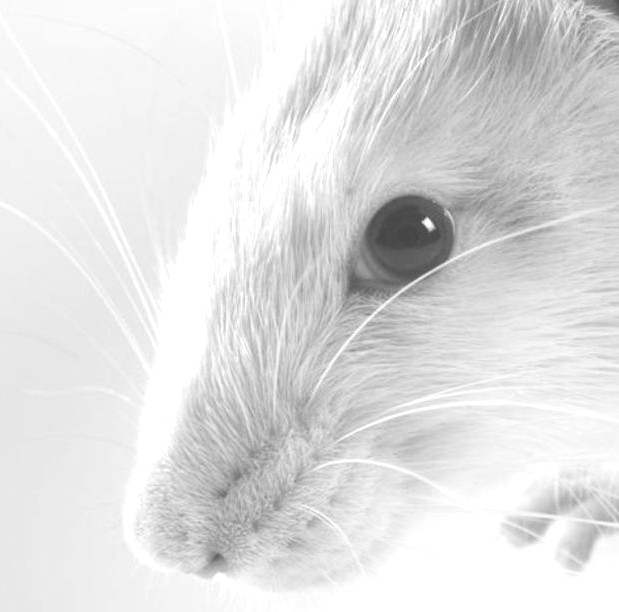Farmers call for plague rebates
 Mouse infestations are knocking the hopes of farmers in NSW.
Mouse infestations are knocking the hopes of farmers in NSW.
A plague of millions of mice has set back farmers who had been experiencing their first good season after years of drought in NSW.
A female mouse is a prolific progenitor. Mice can breed from about six weeks old and can reproduce every 19 to 21 days. Their litters can have as many as 10 pups. As soon as they have a litter, they become pregnant again. While they are rearing a litter, they are gestating the next. After three weeks of rearing pups, they kick them out of the nest and start raising the second litter.
The state government has announced $50 million in funding to tackle the mouse plague, providing free poison to be added to farmers’ grain supplies at eight grain treatment stations across regional NSW.
However, residents say more help is needed. Many are calling for rebates to cover the hundreds of thousands of dollars' worth of hay and grain that has been rendered toxic from the infestation.
The mouse plague is having a profound effect on the mental health of regional NSW residents too. Locals say they are often forced to kill hundreds of rodents by hand each day, and are still finding them in large numbers in pools, food preparation areas and even their beds.
CSIRO researcher and leading mouse expert Steve Henry says the mice are currently responding to seasonal conditions, as well as advancements in farming technology.
“There’s been good rainfall after several years of drought and the bumper grain crops grown over spring and summer provide excess food for mice. Shelter and food sources combined create perfect conditions for mice to thrive and survive,” Mr Henry says.
“Farming practices have also changed over the years. Water conservation and environmentally sustainable methods, such as minimum or zero tillage have resulted in significant increase in both available shelter and alternative food sources for mice in fields.”







 Print
Print